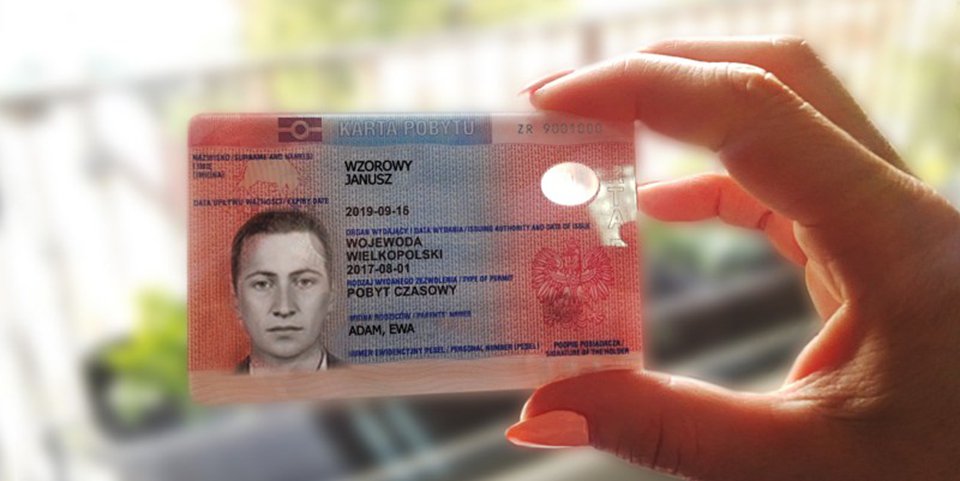Polish Citizenship: Descent, Naturalization & Dual Rules (2025 Update)

Poland offers several pathways to citizenship, including descent (jus sanguinis), naturalization, and special exemptions. With recent legal updates in June 2025, the process has become more streamlined in some areas while introducing stricter checks in others.
This guide covers the latest requirements for obtaining Polish citizenship in 2025.
- Polish Citizenship by Descent (Jus Sanguinis)
Poland grants citizenship by bloodline (jus sanguinis), not birthplace. If your ancestors were Polish citizens, you may qualify even if born outside Poland.
✅ Who Can Apply in 2025?
You may be eligible if:
- You have a parent, grandparent, or great-grandparent who was a Polish citizen.
- Your ancestor did not lose citizenship before your birth (e.g., by voluntarily acquiring another nationality before 1951 under old laws).
- Your ancestor was a Polish citizen after 1920 (when Poland was re-established).
New in 2025:
🔹 Faster processing for descendants of WWII-era Polish citizens (special government program).
🔹 Digital archive access for easier document retrieval.
📄 Required Documents (2025 Update)
- Birth/marriage certificates proving Polish ancestry.
- Passport or ID of your Polish ancestor (if available).
- Proof of uninterrupted citizenship (no renunciation or loss before your birth).
- Your birth certificate, passport, and sworn translations (if documents are non-EU).
🔍 Citizenship Confirmation Process
1.Submit an application to the Voivodeship Office for “Confirmation of Polish Citizenship.”
2.If records are incomplete, genealogical research may be required (we can assist!).
3.Processing time: 18 – 24 months (faster for clear cases).
- Polish Citizenship by Naturalization (2025 Changes)
If you don’t qualify by descent, you can naturalize after legally residing in Poland.
✅ Eligibility Criteria for Naturalization (2025)
- Permanent Residence (PR) Holders
- Standard PR holders: Still 5 years of continuous residence (no change from previous years).
- EU Blue Card holders: Now eligible after 3 years (reduced from 5, per 2024/2025 EU harmonization rules).
- Source: 8.1 of Polish Citizenship Act + 2025 Amendment
- Spouses of Polish Citizens
- Must be married for at least 3 years (not 2).
- Must have legal residence in Poland for 2+ years (unchanged).
- Must prove a genuine relationship (stricter checks in 2025, including joint financial/utility documents).
- Refugees & Humanitarian Cases
- Refugee status holders: Eligible after 4 years (extended from 2 in 2025 due to EU migration policy changes).
- Special humanitarian protection: Case-by-case basis (no fixed timeline).
📜 Requirements for Naturalization
- Legal residence (TRC → PR → Citizenship).
- Polish language certificate (B1 or higher) – stricter oral exams in 2025.
- Clean criminal record (Poland + home country).
- Stable income & housing (must meet 2025 minimum thresholds).
- Loyalty declaration (renouncing previous citizenship is not required).
📝 Application Process
1.Submit to the Provincial Office (Voivodeship) or Polish consulate abroad. (takes 12–24 months).
2.Decision by the President of Poland (takes 12–24 months).
3.Oath ceremony (mandatory for approval).
- Dual Citizenship Rules in Poland (2025 Update)
Poland allows dual citizenship, but with key rules:
✅ Poland recognizes you as Polish first (must use Polish passport when entering/exiting).
✅ No automatic loss of Polish citizenship when acquiring another nationality.
✅ Military service obligations may apply for men aged 18–28 (unless exempt).
⚠ Some countries (e.g., India, China) forbid dual citizenship—check your local laws.
New in 2025:
🔹 Stricter enforcement of tax obligations for dual citizens earning abroad.
🔹 Easier passport renewals for diaspora Poles.
- Benefits of Polish Citizenship
- Visa-free travel in EU + Schengen zone.
- Right to work/live in any EU country.
- Access to Polish healthcare & education.
- Passing citizenship to children automatically.
Final Thoughts
Poland’s 2025 citizenship updates bring:
Faster processing for descendants of Polish WWII emigrants.Stricter language & integration checks for naturalization.Clearer dual citizenship tax rules.
Need help with your application?
Our experts assist with:
Document retrieval & translation, Genealogy research, Naturalization applications
Contact us today for a free consultation!



